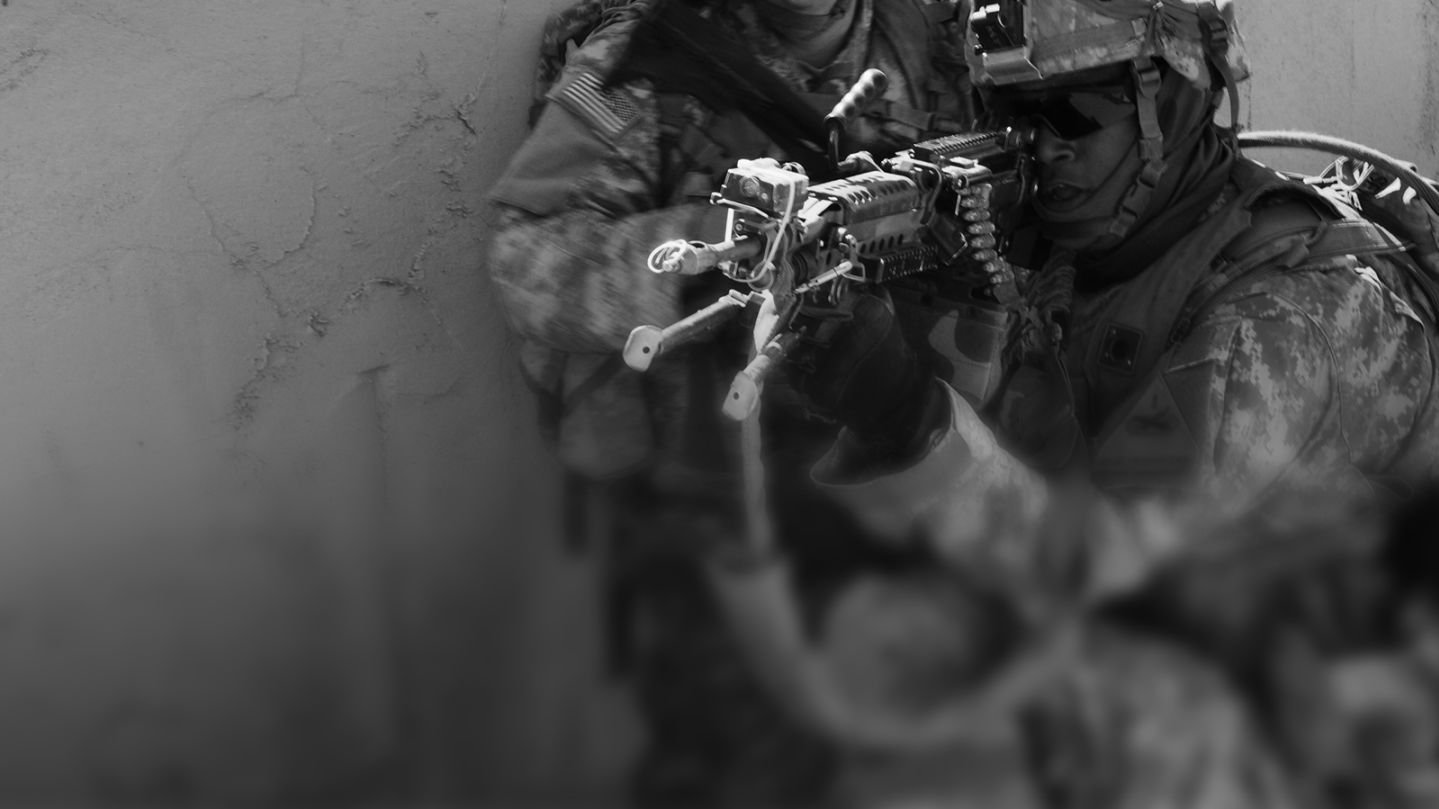Story highlights
US advanced airborne early warning and control aircraft coming to Iwakuni base
Planes being deployed as Japan-China tensions increasing
The US Navy is sending aircraft equipped with advanced radar that can detect stealth fighters to Japan as China makes progress with its own radar-evading jets.
The E-2D Advance Hawkeye airborne early warning and control aircraft will deploy to Marine Corps Air Station Iwakuni in February, according to a statement Thursday from US Navy Japan.
Deployment of the Advanced Hawkeyes is part of “a plan to put the most advanced and capable units forward in order to support the United States’ commitment to the defense of Japan and the security and stability of the region,” the US Navy statement said.
The E-2D is equipped with the A/N-APY radar system, which manufacturer Lockheed Martin says has the power to “see smaller targets – and more of them – at a greater range, particularly in coastal regions and over land.”
Defense journals say the A/N-APY radar can detect stealth aircraft that might evade older radar systems.
A 2014 report in the US Naval Institute News says the A/N-APY-equipped Hawkeyes could be the US Navy’s “secret weapon” against cruise missiles and fifth-generation stealth fighters.
Those would include China’s J-31 and J-20 fighters.
Deliveries of the J-20 to China’s People’s Liberation Army Air Force have begun, the state-run China Daily reported in late December.
China displayed the twin-engine J-20 publicly for the first time in November when two of the planes flew at China International Aviation & Aerospace Exhibition in Zhuhai.
The latest prototype of the J-31, known as the FC-31, is still under development, China Daily said.
Tensions between Japan and China have ratcheted up over the past year as China challenges Japanese control of the Senkaku Islands, known in China as the Diaoyus.
In October, Japan said it had dispatched its warplanes 407 times between April 1 and September 30 in reaction to increased Chinese military flights near Japanese airspace.
That’s almost double the number of intercepts Japan’s Air Self Defense Force made on Chinese aircraft in the same period in 2015.
The Advanced Hawkeyes coming to Japan were previously operating from the aircraft carrier USS Theodore Roosevelt in support strikes on the Islamic State in Syria and Iraq, the Navy said.




